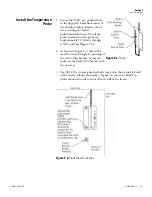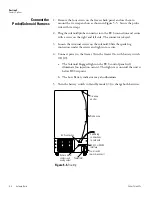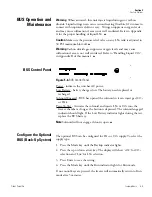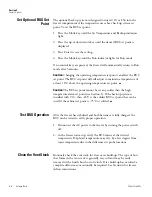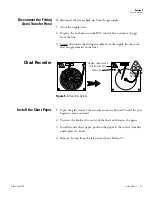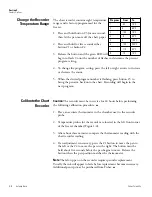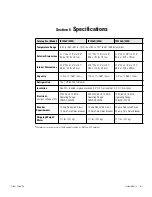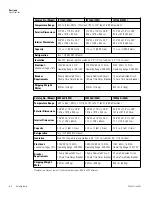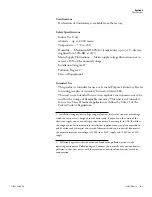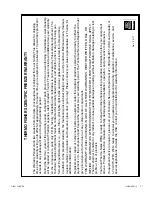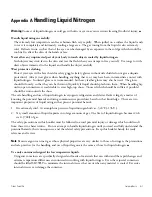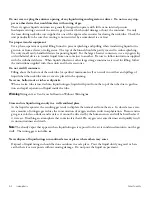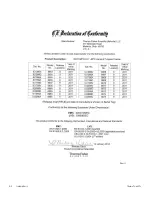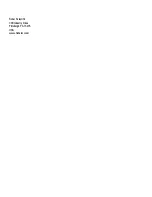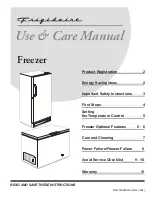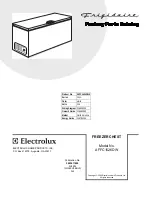
Isotemp Basic A-3
Fisher Scientific
Appendix B
Handling Liquid CO
2
Warning
High concentrations of CO
2
gas can cause asphyxiation! OSHA Standards specify that employee
exposure to carbon dioxide in any eight-hour shift of a 40-hour work week shall not exceed the eight-hour time
weighted average of 5000 PPM (0.5% CO
2
). The short term exposure limit for 15 minutes or less is 30,000
PPM (3% CO
2
). Carbon dioxide monitors are recommended for confined areas where concentrations of carbon
dioxide gas can accumulate.
s
Store and use liquid CO
2
only in a well-ventilated place.
As the liquid evaporates, the resulting gas tends to displace the normal air from the area. In closed areas, exces-
sive amounts of CO
2
gas reduce the concentration of oxygen and can result in asphyxiation. Because CO
2
gas
is colorless, odorless and tasteless, it cannot be detected by the human senses and will be breathed as if it were
air. Breathing an atmosphere that contains less than 18% oxygen can cause dizziness and quickly result in
unconsciousness and death.
Note
The cloudy vapor that appears when liquid CO
2
is exposed to the air is condensed moisture; not the gas
itself. The issuing gas is invisible.
s
Never dispose of liquid CO
2
in confined areas or places where others may enter.
Disposal of liquid CO
2
should be done outdoors in a safe place. Pour the liquid slowly on gravel or bare earth
where it can evaporate without causing damage. Do not pour the liquid on pavement.
Appendix C
First Aid
If a person seems to become dizzy or loses consciousness while working with liquid nitrogen or carbon dioxide,
move to a well-ventilated area immediately. If breathing has stopped, apply artificial respiration. If breathing is
difficult, give oxygen. Call a physician. Keep warm and at rest.
If exposed to liquid or cold gas, restore tissue to normal body temperature (98.6° F) as rapidly as possible,
followed by protection of the injured tissue from further damage and infection. Remove or loosen clothing that
may constrict blood circulation to the frozen area. Call a physician. Rapid warming of the affected part is best
achieved by using water at 108° F. Under no circumstance should the water be over 112° F, nor should the
frozen part be rubbed either before or after rewarming. The patient should neither smoke nor drink alcohol.
Summary of Contents for Isotemp Basic -86C
Page 17: ......
Page 29: ......
Page 41: ......
Page 47: ...A 4 Isotemp Basic Thermo Scientific ...
Page 48: ...Fisher Scientific 300 Industry Drive Pittsburgh PA 15275 USA www fishersci com ...

